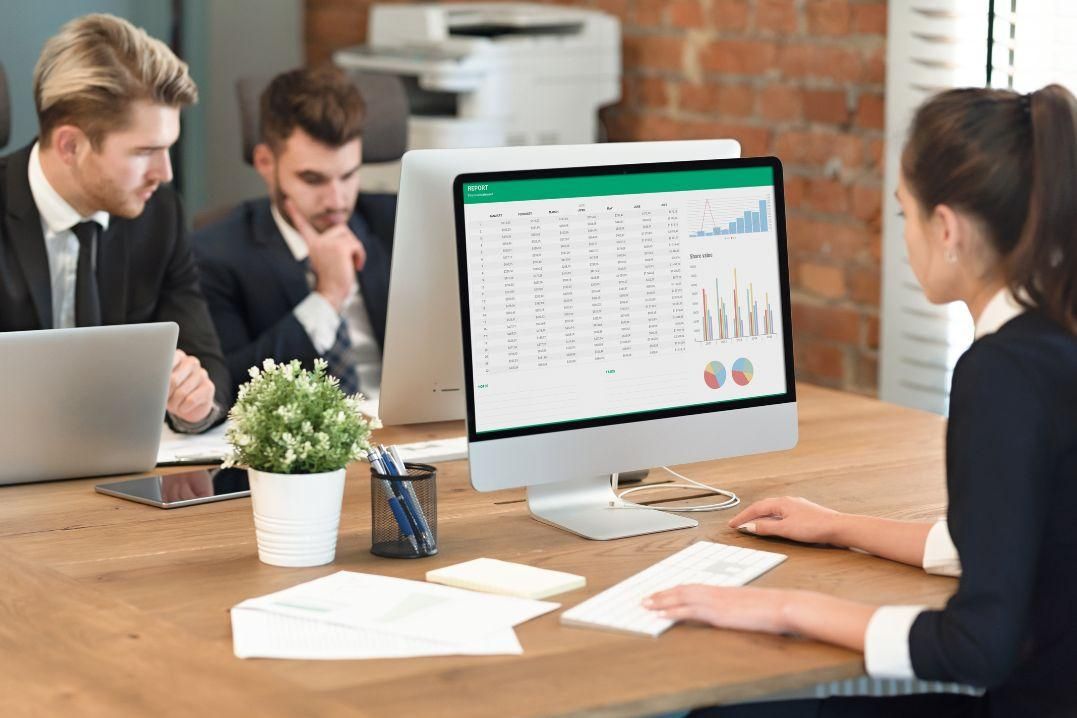
Making Tax Digital (MTD) is one of the most significant shifts in the UK tax system in recent years, and its expansion into Income Tax Self-Assessment (ITSA) is set to affect millions of individuals and businesses. For accounting firms, the changes present both opportunities and challenges. Clients will lean heavily on their trusted advisers for guidance, especially during the transition period from the previous online returns system, which could see big increases in demand for compliance services that accountants have to manage.
This guide explores how accountancy firms can prepare their clients in relation to MTD for income tax, outlines who will be affected (and when), and provides practical tips to help ensure a smooth transition for both clients and accountants.
Jump to
There won’t be an accountant in the land that hasn’t familiarised themselves already with MTD for income tax, but the same cannot be said for all of the clients that this change will affect. With this in mind, we’ve developed a concise outline of the incoming requirements, which can be used to help your clients get to grips with the new system and ways of doing things.
The things your clients need to know include:
Making Tax Digital is HMRC’s initiative to modernise the UK tax system. It requires those who submit business financial information through self-assessment to keep digital records and submit updates to HMRC using compatible software. This is a significant change to the annual tax return submission that most businesses and self-employed individuals are used to.
While MTD for VAT is already in place, the next step is Making Tax Digital for Income Tax Self-Assessment, which will affect millions of self-employed individuals, landlords, and partnerships.
Under the new system, instead of submitting one annual Self-Assessment return, taxpayers will need to:
This is a major shift in compliance requirements, particularly for those used to filing just once per year, those using mainly paper records and those who haven’t previously used digital record keeping or accounting/bookkeeping software.
MTD for ITSA is being phased in gradually, with staggered deadlines based on income thresholds. The breakdown is:
This timeline gives accounting firms a window of opportunity to identify which of their clients will be impacted first and create a phased plan for communication and support.
For many who are used to the old system, the shift from one annual return to quarterly digital updates will be daunting. Common client challenges may include:
These challenges will naturally drive clients to seek reassurance and guidance from their accountants.
For existing clients, your accounting firm is ideally placed to guide your affected clients through the transition to MTD for ITSA. Practical steps that you can take include:
Starting by identifying which clients will be affected by the first wave of the changes (those with an income of over £50k for the tax year 2026/27) will give you a much better idea of how much of your client base will need to transition. If you segment your client list based on their MTD for ITSA rollout date, it will help you to organise communications in phases so that the clients that need the information soonest will get it first.
You’re likely to have a range of clients, some of whom will take a more active role in keeping on top of changes like this than others, but it’s dangerous to assume that every client will know about the pending MTD for ITSA and all it involves. By using proactive communication, such as newsletters, webinars and 1-2-1 consultations, you can manage expectations.
Our top tip is to keep your messaging concise and simple, outlining:
Since digital record-keeping is a requirement of MTD for income tax, accountants are often asked by clients to help them choose compatible software. It can be helpful to give them options that are:
Quarterly submissions mean accountants may need to adjust their internal workflows to manage the extra admin involved. Encouraging clients to submit records promptly each quarter will be essential. You may want to offer “light-touch” quarterly reviews to ensure clients’ data is on track, for those clients more comfortable with doing submissions themselves.
More frequent reporting will usually mean more time spent per client, more often. Be transparent with clients about how this could affect fees, but you can frame it positively: the new system gives them more up-to-date financial insights, which can help with decision-making.
Where possible, try to position MTD as an opportunity rather than a burden. Quarterly reporting can open up conversations with your clients around cashflow, tax planning, and business growth strategies. By reframing compliance as an added-value service, accounting firms can strengthen client relationships.
While guiding clients through MTD for ITSA is a huge opportunity, it’s also a significant operational challenge. More frequent reporting means accountancy firms will need to handle:
For many firms, especially in the midst of the current accounting talent challenges, this could stretch resources thin.
To help manage the increased workload, many accounting firms are considering outsourcing some routine or time-intensive tasks. Outsourcing can free up in-house staff to focus on higher-value advisory work and client communication.
Some tasks that can be effectively outsourced include:
By strategically outsourcing these tasks, firms can scale their capacity without overburdening staff, ensuring they remain responsive to clients during the MTD transition.
If you want to explore how outsourcing could help your accounting firm successfully manage the MTD changes, boost your capacity and overcome your other resourcing challenges, we’d love to talk. Book a call with our team today.






